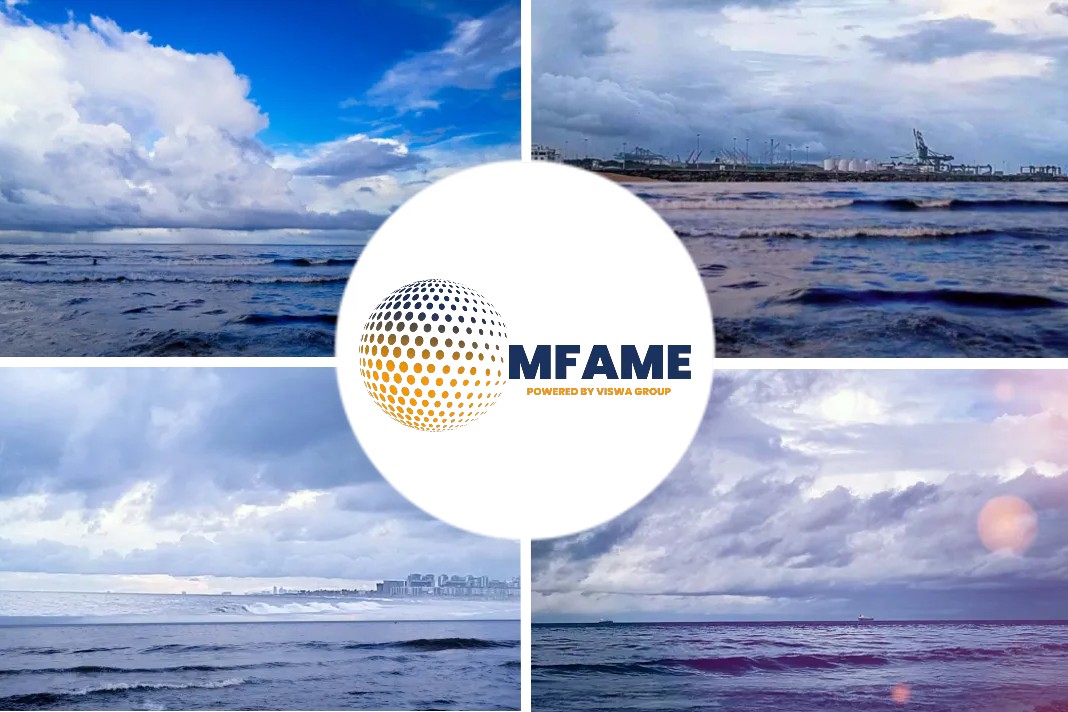
How safe are EU’s North Sea wind farms from attack? intrigues an Euobserver news source.
Europe’s biggest green power plant
During its summit held in Ostend, Belgium, the EU and its partners, the United Kingdom and Norway, made an announcement to transform the North Sea into “Europe’s biggest green power plant”.
This ambitious plan would drive up wind energy production by at least 25 times by 2030. Building new energy islands would decrease Europe’s reliance on non-renewable energy sources and Russian gas, and create numerous job opportunities in Scotland and other regions involved in the production of turbines, blades and electricity cables.
The announcement was made a week after Nordic broadcasters exposed the extent of Russian espionage activities in the North Sea, including gathering information on windfarm installations and the subsea cables linking them to the terrestrial electricity grid. These developments have made the North Sea a crucial area for both maritime and energy security, and imply new vulnerabilities.
The North Sea plans boasts an energy production capacity equivalent to several nuclear power plants, and the EU’s energy supply will increasingly depend on it. However, while nuclear power plants are well-protected and inaccessible to the public, windfarms and cable installations are less secure.
Easy access to windfarms and cable grids
The recent Nordic documentary showed how easily windfarms and cable grids can be accessed. As my colleague who is a passionate Danish kayaker confirmed, some individuals even visit them for recreational activities like diving.
As the number of wind farms increases, intentional sabotage and accidents pose a significant threat to their security. A recent example of this is the collision between a cargo ship Petra L and a rotor in the Gode Wind farm on 27 April in the North Sea, which resulted in severe damage to the vessel.
Although the cause of the accident is still being investigated, the incident highlights the potential risks of accidents that could occur and the need for greater safety measures.
The complete ramifications of the critical maritime infrastructure protection agenda, despite the heightened focus following the Nord Stream attack, have yet to be comprehensively grasped.
Can Nato fix it?
All North Sea coastal states are Nato members, and seven of them are also EU members. Nato has already announced plans to increase its efforts in critical maritime infrastructure protection, including in the North Sea. This is likely to boost security in the region. However, protecting wind farms cannot be exclusively a military task and requires a significant civilian component.
As acts of sabotage on wind farms or the underwater electricity grid are likely to be carried out as grey zone tactics, state-sponsored sabotage may be disguised as a civilian accident, or carried out from a vessel such as a leisure yacht or fishing boat, rather than from a military ship.
Therefore, preventing threats to maritime infrastructure requires close monitoring of civilian maritime traffic, and the response will often be in the hands of coastguards or maritime police rather than the military.
Nato alone cannot provide the necessary protection for critical maritime infrastructures in the North Sea. Further collaboration among the EU member states, the United Kingdom, and Norway is essential. Ideally, they would form a new maritime security community. This should be comprised of several elements: close collaboration among the various maritime security and energy agencies from the nine North Sea states is essential, but the different organisational structures of each country’s maritime security sector make it challenging.
Denmark, for example, only operates a navy, while other countries like the UK involve several different agencies in maritime security. A coastguard function forum for the North Sea, for instance, could be established to promote collaboration and develop best practices for surveillance, protection, and response.
In order to effectively monitor and prevent threats to critical maritime infrastructure, it is necessary to share information, conduct surveillance, and report any suspicious activities at sea.
This requires the integration of data from various sources, including satellites, radar, patrols, CCTV, and subsea sensors. To facilitate this, the European Union is launching a Common Information Sharing Environment, which will be operated by the European Maritime Safety Agency.
However, the UK and Norway are currently not participating in this initiative, and as such, it is important to identify political solutions that would enable them to contribute to this structure.
Ensuring the safety and protection of maritime infrastructures cannot be solely accomplished by governments, as it also necessitates the involvement of industry players. It is important to develop shared regulatory standards for the measures that the industry must put in place and how it collaborates with state agencies in areas like information sharing, investigations and emergency management.
As the plans for the North Sea’s green energy production become more ambitious, the demand for maintenance and repair capacities, including repair ships and cable depots, will increase. These capacities will be essential for responding quickly to acts of sabotage and minimising the impact on Europe’s energy supply.
The nine states involved in this initiative must conduct a review to determine if their existing capabilities are sufficient to meet the needs of the planned infrastructure under different attack scenarios. They must also consider how these capacities can be shared and pooled with the industry.
Did you subscribe to our daily Newsletter?
It’s Free! Click here to Subscribe!
Source: Euobserver
















